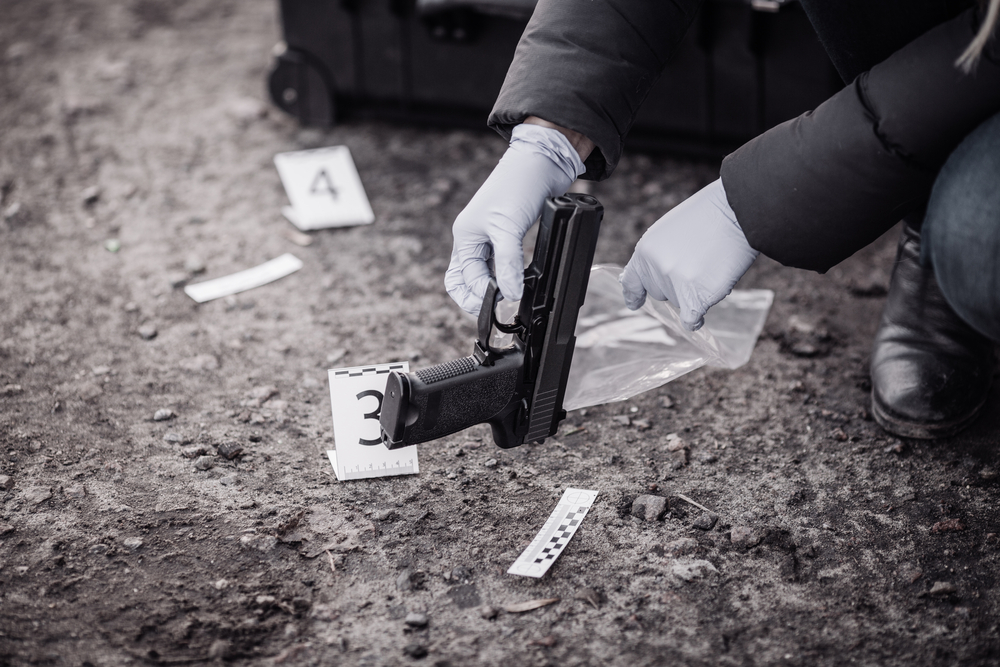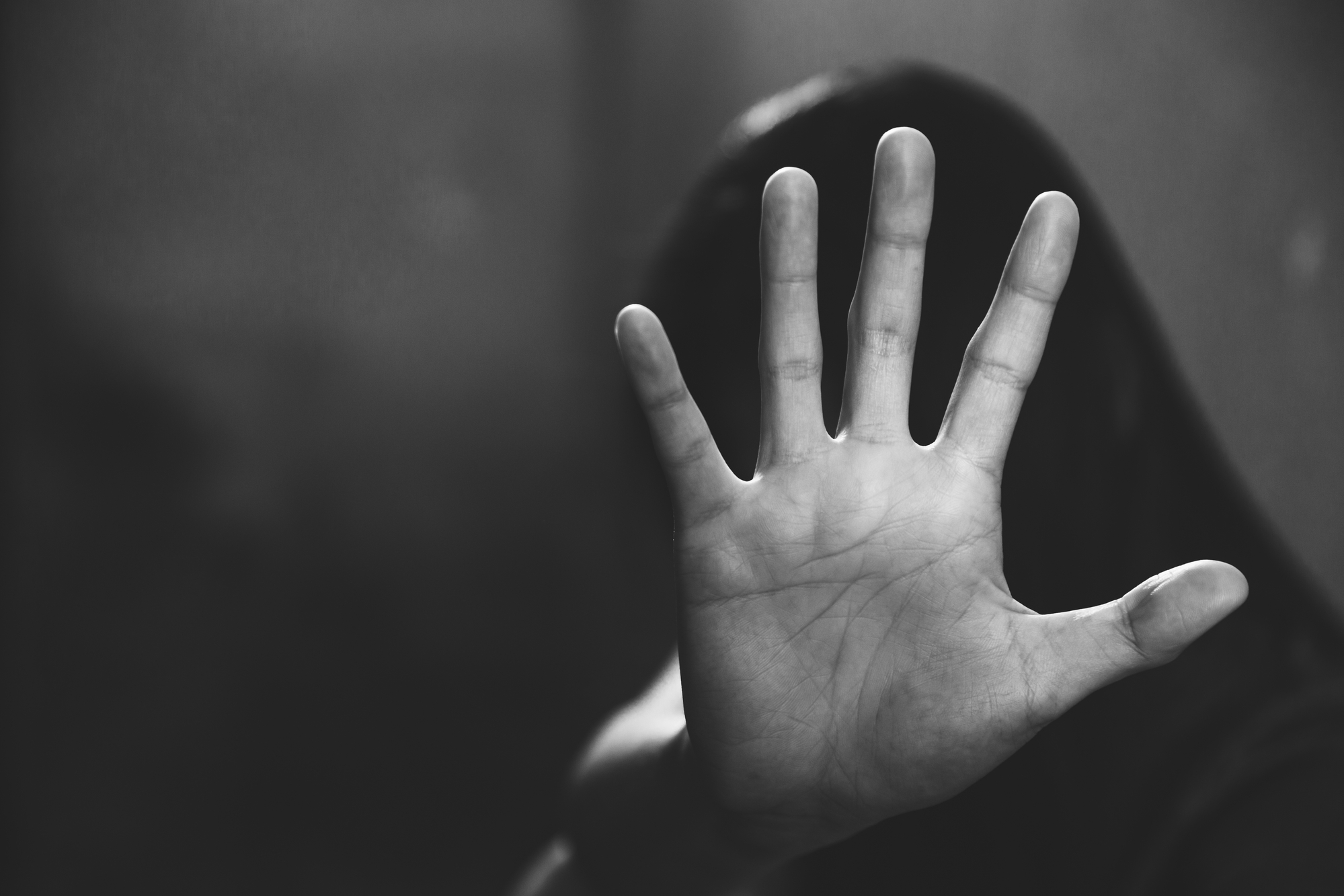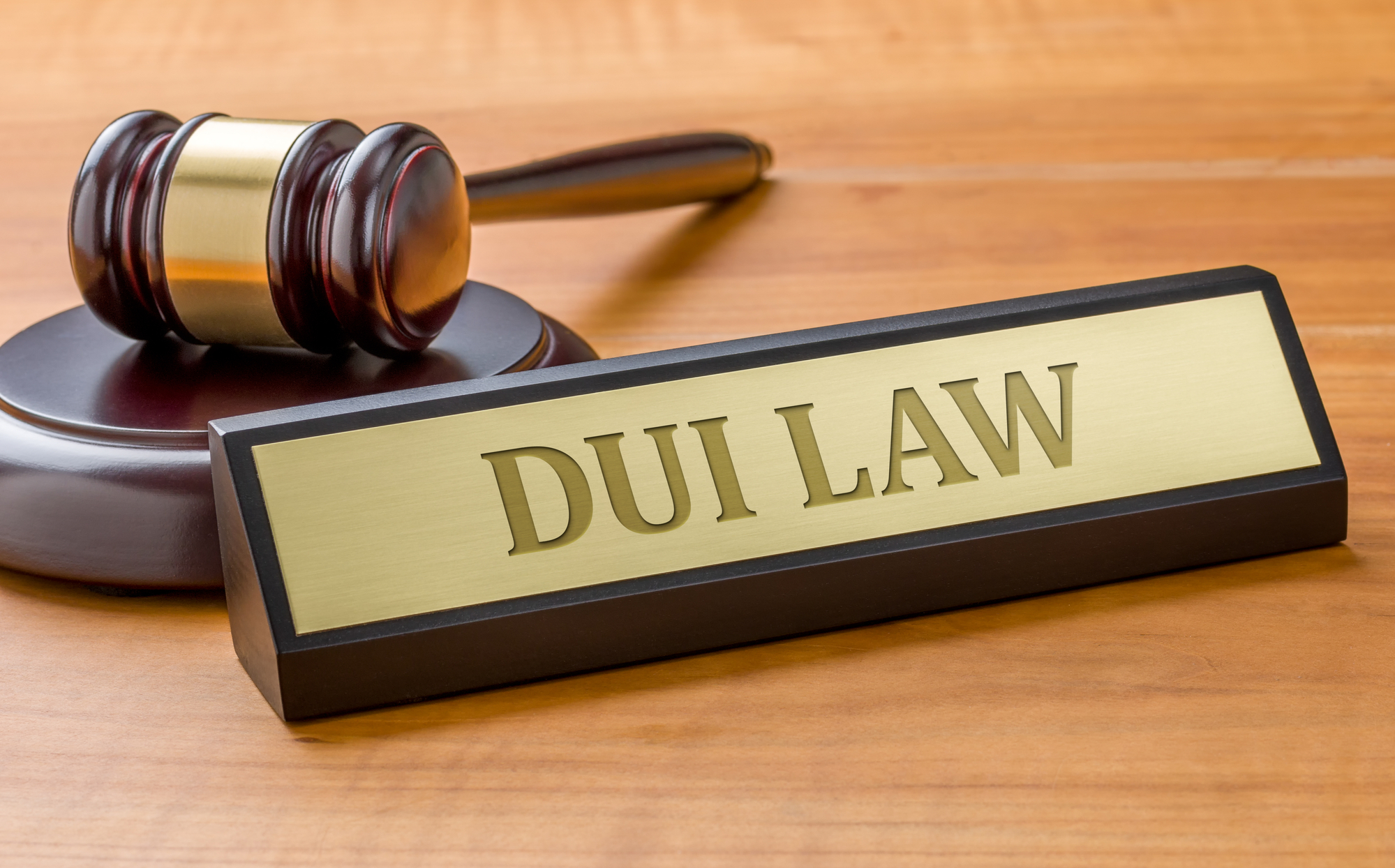Gun violence remains a pressing public health crisis in Maryland, claiming over 820 lives and injuring more than 1,400 people annually. Addressing gun violence in Maryland requires a multifaceted, community-driven approach that targets root causes, supports victims, and fosters collaboration across sectors. This visually structured guide explores the landscape, strategies, and impact of addressing gun violence in Maryland.
The Urgency of Addressing Gun Violence in Maryland
- Maryland faces disproportionately high rates of gun violence, especially among communities of color.
- Black Marylanders are nearly four times more likely to die by gun violence and sixteen times more likely to die by gun homicide than white residents.
- Addressing gun violence in Maryland involves tackling generational trauma, structural racism, and systemic under-investment in youth and communities.
Community-Based Initiatives Leading the Way
Here are some key organisations addressing gun violence in Maryland.
- Maryland Violence Prevention Coalition (MVPC): Unites 50+ organizations focused on addressing gun violence in Maryland through community-led advocacy and education.
- Marylanders to Prevent Gun Violence (MPGV): Central in policy advocacy and public education, empowering those most affected.
- Safe Streets Baltimore: Employs credible messengers to mediate conflicts and reduce shootings.
- Hope in Action (Prince George’s County): Uses violence interrupters, wraparound services, and strategic task forces.
- Academic Partners: Johns Hopkins and University of Maryland centers provide research and evaluation.
Geographic Focus:
- Targeted interventions in Baltimore City, Prince George’s County, and other high-risk areas.
- Special attention to youth and young adults most at risk.
Types of Community-Led Solutions
|
Initiative Type |
Description |
| Violence Interruption | Programs like Safe Streets deploy trusted community members to mediate and de-escalate conflicts. |
| Youth Development | Mentorship, after-school programs, job training, and educational support for at-risk youth. |
| Community Outreach | Public education, safe storage campaigns, and neighborhood events to build trust and awareness. |
| Hospital-Based Programs | Interventions for victims of violence to prevent retaliation and support recovery. |
| Cognitive Behavioral Therapy (CBT) | Trauma-informed therapy for high-risk individuals to break cycles of violence. |
Success Stories in Addressing Gun Violence in Maryland
- Safe Streets Baltimore: Achieved 16–23% reductions in homicides and nonfatal shootings; some sites have gone over a year without a homicide.
- Shock Trauma Violence Intervention Program: Reduced repeat violent injury risk from 36% to 5%.
- Hope in Action: Adapts proven models to Prince George’s County, focusing on those at highest risk.
Collaboration: The Heart of Progress
- Community Partnerships: MVPC and Safe Streets foster collaboration among nonprofits, health systems, and advocacy groups.
- Government Support: Baltimore’s MONSE and Prince George’s County Office of Community Relations provide oversight and funding.
- Law Enforcement: Programs like Safe Streets and GVRS strategically partner with police while maintaining community leadership.
- Academic Research: Johns Hopkins and University of Maryland evaluate program effectiveness and share best practices.
Funding and Sustainability Challenges
- Government Funding: The Maryland Violence Intervention and Prevention Program (MD VIPP) and new state grants are vital but inconsistent.
- Private Philanthropy: Essential for supplementing government resources.
- Sustainability Models: Proposals like the Comprehensive Community Safety Funding Act seek to create dedicated funding streams.
- Grassroots Fundraising: Many organizations rely on community donations to sustain their work.
Measuring Impact
- Rigorous evaluation is central to addressing gun violence in Maryland effectively.
- Programs like Safe Streets and Shock Trauma VIP demonstrate measurable reductions in violence and recidivism.
- Ongoing challenges include isolating program effects and ensuring robust data collection.
Overcoming Obstacles
- Funding Insecurity: Short-term grants threaten program continuity.
- Staff Burnout: Frontline work is emotionally taxing; retaining credible messengers is challenging.
- Community Trust: Building genuine relationships is essential for effective intervention.
- Policy Barriers: Legislative hurdles can impede funding and reform.
- Addressing Root Causes: Requires long-term investment in social and economic equity.
Supporting Victims and Families
- Direct Services: Hospital-based programs and community organizations provide counseling, case management, and resource referrals.
- Peer Support: Groups like the Maryland Crime Victims’ Resource Center offer emotional support and healing circles.
- Legal Aid: Organizations assist with compensation claims and navigating the justice system.
- Financial Assistance: Funds help cover medical, funeral, and other expenses for survivors.
Recommendations for Addressing Gun Violence in Maryland
- Increase and stabilize funding for evidence-based programs.
- Support policies addressing root causes and enhancing victim services.
- Foster collaboration among organizations, government, law enforcement, and researchers.
- Invest in rigorous evaluation to guide strategy and demonstrate impact.
- Empower community voices to ensure solutions are relevant and effective.
Conclusion
Addressing gun violence in Maryland is a complex but urgent mission. Community-led initiatives, robust partnerships, and sustained investment are essential for progress. By prioritizing evidence-based strategies, supporting victims, and tackling root causes, Maryland can move toward a safer, more equitable future. The commitment to addressing gun violence in Maryland must remain unwavering, with all stakeholders working together to create lasting change.
Prevention is vital when it comes to curbing gun violence. Scheuerman Law LLC believes investing in youth outreach programs is critical to deterring young individuals from violence. Through mentorship, educational opportunities, and extracurricular activities, we can provide the support and guidance needed to build a strong and resilient generation.
At Scheuerman Law LLC, we firmly believe that community initiatives are essential in addressing the issue of gun violence in Maryland. By raising awareness, promoting responsible gun ownership, and supporting mental health programs, we can work together to create safer communities. Strengthening background checks and engaging in gun buyback programs are crucial steps in reducing the number of firearms in circulation. At the same time, collaborations with law enforcement can effectively tackle illegal gun activities. Investing in the youth can shape a better future for Maryland, free from the shadows of gun violence. As a united community, we can make a difference and promote a safer and more secure environment.
Contact Scheuerman Law LLC today if you or someone you know requires legal assistance or wants to learn more about community initiatives!
FAQs
Here are some FAQs related to addressing gun violence in Maryland.
1. What is the main approach to addressing gun violence in Maryland?
Addressing gun violence in Maryland relies on community-based programs, public health strategies, and collaboration among organizations, government, and law enforcement.
2. Who leads efforts for addressing gun violence in Maryland?
Organizations like the Maryland Violence Prevention Coalition, Marylanders to Prevent Gun Violence, Safe Streets Baltimore, and Hope in Action are central to addressing gun violence in Maryland.
3. Are community programs effective in addressing gun violence in Maryland?
Yes, programs like Safe Streets Baltimore and hospital-based interventions have shown significant reductions in shootings and repeat injuries, proving effective in addressing gun violence in Maryland.
4. What challenges exist in addressing gun violence in Maryland?
Key challenges include inconsistent funding, staff burnout, building community trust, and addressing the root causes of gun violence in Maryland.
5. How are victims supported while addressing gun violence in Maryland?
Victims receive support through hospital-based programs, counseling, legal aid, peer groups, and financial assistance as part of addressing gun violence in Maryland.









